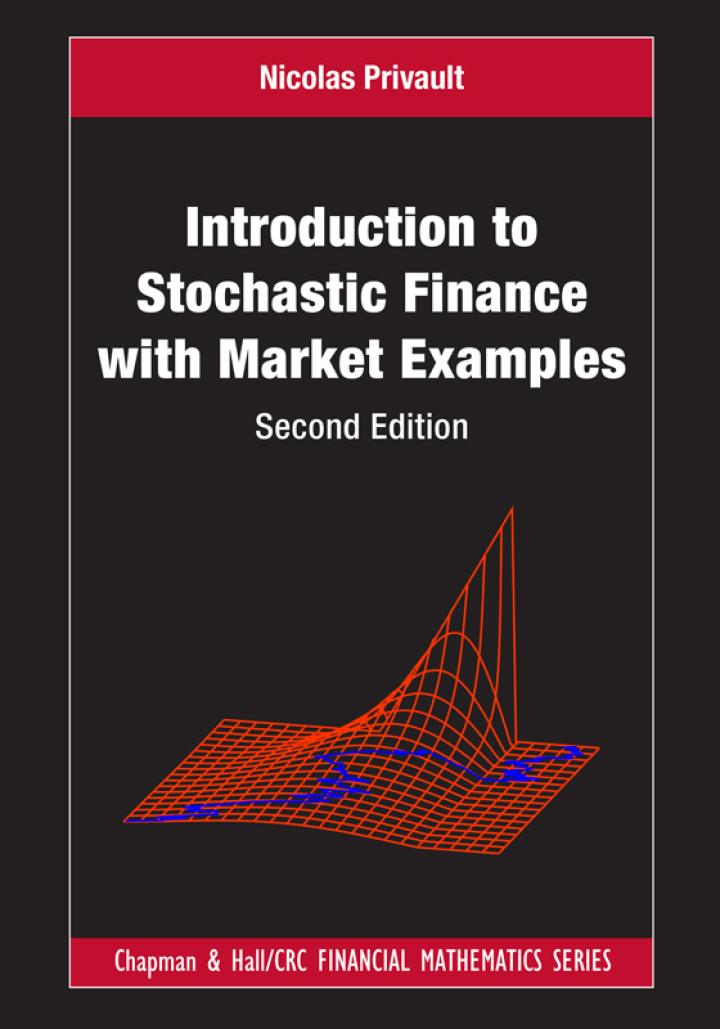Consider the Marsh and Rosenfeld (1983) short-term interest rate model [d r_{t}=left(beta r_{t}^{gamma-1}+alpha r_{t} ight) d t+sigma
Question:
Consider the Marsh and Rosenfeld (1983) short-term interest rate model
\[d r_{t}=\left(\beta r_{t}^{\gamma-1}+\alpha r_{t}\right) d t+\sigma r_{t}^{\gamma / 2} d B_{t}\]
where \(\alpha \in \mathbb{R}\) and \(\beta, \sigma, \gamma>0\).
a) Letting \(R_{t}:=r_{t}^{2-\gamma}, t \geqslant 0\), find the stochastic differential equation satisfied by \(\left(R_{t}\right)_{t \in \mathbb{R}_{+}}\).
b) Given that the discounted bond price process is a martingale, derive the bond pricing PDE satisfied by the function \(F(t, x)\) such that
\[F\left(t, r_{t}\right)=P(t, T)=\mathbb{E}^{*}\left[\mathrm{e}^{-\int_{t}^{T} r_{s} d s} \mid \mathcal{F}_{t}\right]=\mathbb{E}^{*}\left[\mathrm{e}^{-\int_{t}^{T} r_{s} d s} \mid r_{t}\right] .\]
Step by Step Answer:

Introduction To Stochastic Finance With Market Examples
ISBN: 9781032288277
2nd Edition
Authors: Nicolas Privault





